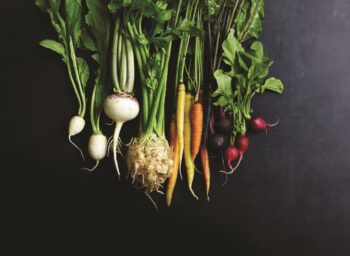At Bon Appétit Management Company, food waste is our foe. The 40% of food that goes unsold or uneaten in the United States is a major contributor to greenhouse gas emissions, but it’s more than that.
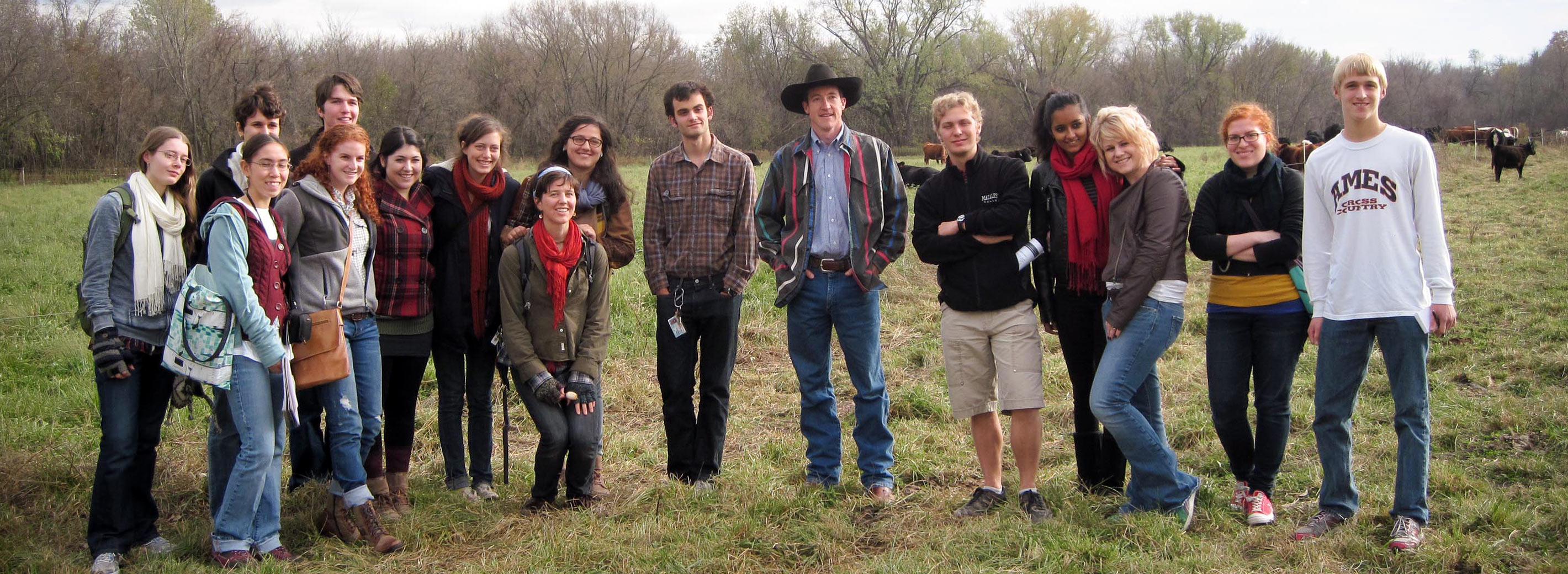
The Bon Appétit Blog
+ Blog Categories
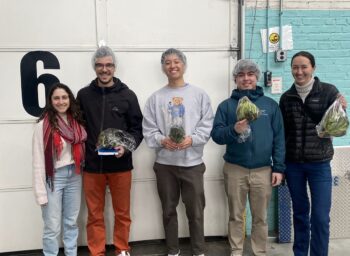
Food Hubs: Redefining How Institutions Feed Students and Strengthen Regional Food Systems
On the rise across the country since the mid-2000’s, food hubs are one solution to common barriers to getting local food into restaurants and difficult-to-access institutional markets. With a keen focus on selling to anchor institutions (long-term fixtures in communities, such as universities, hospitals, and school systems, that play vital roles in the local economy), food hubs coordinate the aggregation, distribution, and marketing of locally and regionally produced foods from a network of responsible producers.
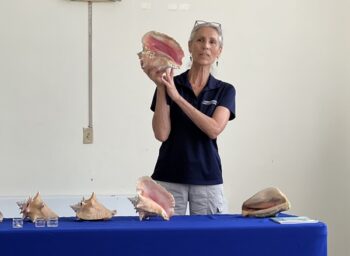
Staying Connected to the Sustainable Seafood Movement
- Blog
The sustainable seafood movement is always evolving, which is why Jenny Slafkosky, Bon Appétit’s communications director, joined Maisie Ganzler, chief strategy and brand officer, in San Juan, Puerto Rico at the end of October for the Conservation Alliance for Seafood Solutions (CASS) annual conference.

Q & A With Essence Oyos of Golden Eagle Farm
- Blog
We had the pleasure of interviewing Essence Sage Oyos from the Mesa Grande Business Development Council (BDC) to talk more about the work the BDC is doing to achieve the goals of the Mesa Grande Band of Mission Indians.
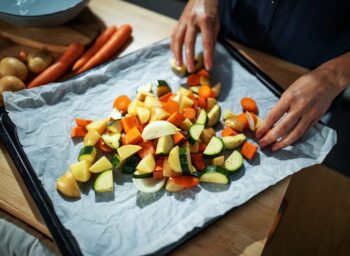
“Blessing of the Garden” Roasted Vegetables
- Blog
This simple roasted vegetable recipe was created by Essence Sage Oyos of Golden Eagle Farm.
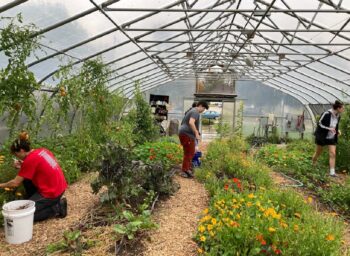
Campus Farms Provide More Than Produce to School Communities
- Blog
Twenty DePauw University first-years are spending the morning at the Ullem Campus Farm in Greencastle, IN. Rather than sitting in a classroom, they are outside enjoying the first wisps of fall, bringing shovels down into the rich soil to unearth the starchy golden gems below.

Meet Golden Eagle Farm
- Blog
For Native American Heritage Month, Bon Appétit is partnering with Golden Eagle Farm, owned and operated by the Mesa Grande Band of Mission Indians. Golden Eagle is an ambitious endeavor balancing traditional Indigenous farming methods and new revenue generators such as agri-tourism.
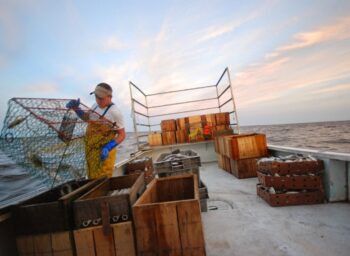
Two guys, a van, and a cooler full of North Carolina fish: The story of Locals Seafood
Sheepshead. Ribbonfish. Wahoo. Tilefish. When Locals Seafood co-founder and North Carolina native Ryan Speckman was living on the Outer Banks of North Carolina in the late 2000’s, he and his friends feasted on these native seafood species regularly. He wondered why, when he was growing up in the inland part of the state, he’d never encountered fish from the Carolina coast before – and most residents hadn’t either.

Spilling the Tea (On Tea)
Sip, sip hooray! Tea is the most popular drink in the world, after water, with 5.8 million metric tons consumed each year. But did you know that all true teas — from black to white to green — are actually made from the same plant?

Women in Seafood Part 2: A Q&A with Corey Ridings from the Ocean Conservancy
- Blog
Our Chief Strategy and Brand Officer Maisie Ganzler had the pleasure of interviewing PhD student at The University of Washington and Manager of West Coast Fisheries for Ocean Conservancy Corey Ridings about her experience as a woman in the seafood industry.
